Origin: India
Period: XIth century
Material: Sandstone
Dimensions including stand: 18.5 x 32.5 cm
Condition: Visible accidents and losses
Provenance: French collection from the 70s
Fragment of a sandstone stele depicting the Hindu deity Vishnu. He is represented adorned with the miter, the royal headdress as well as large circular ear jewels and a heavy necklace with double rows of pearls. The lower right arm is semi-flexed, pressed against the body, palm of the hand turned outwards as a sign of absence of fear (Abbhaya Mudra) and receives a bracelet and a jewel above the elbow. The upper arm also flexes and adorned with a beaded bracelet, the hand welcoming a lotus flower. The youthful expression of the face is characterized by fine browbones with perfect curvature overhanging large almond-shaped eyes and joining at the base of the nose. The latter in the shape of an eagle's beak takes place above a small mouth with full lips surmounting a small prognathic chin.
Despite the fragmentary state of the stele, we can associate it with a particular representation of Vishnu accompanied by his consort Lakshmi. Indeed, the presence of a hand placed on the right shoulder of the divinity allows us to affirm that the scene originally featured Vishnu alongside Lakshmi, the latter embracing her husband.



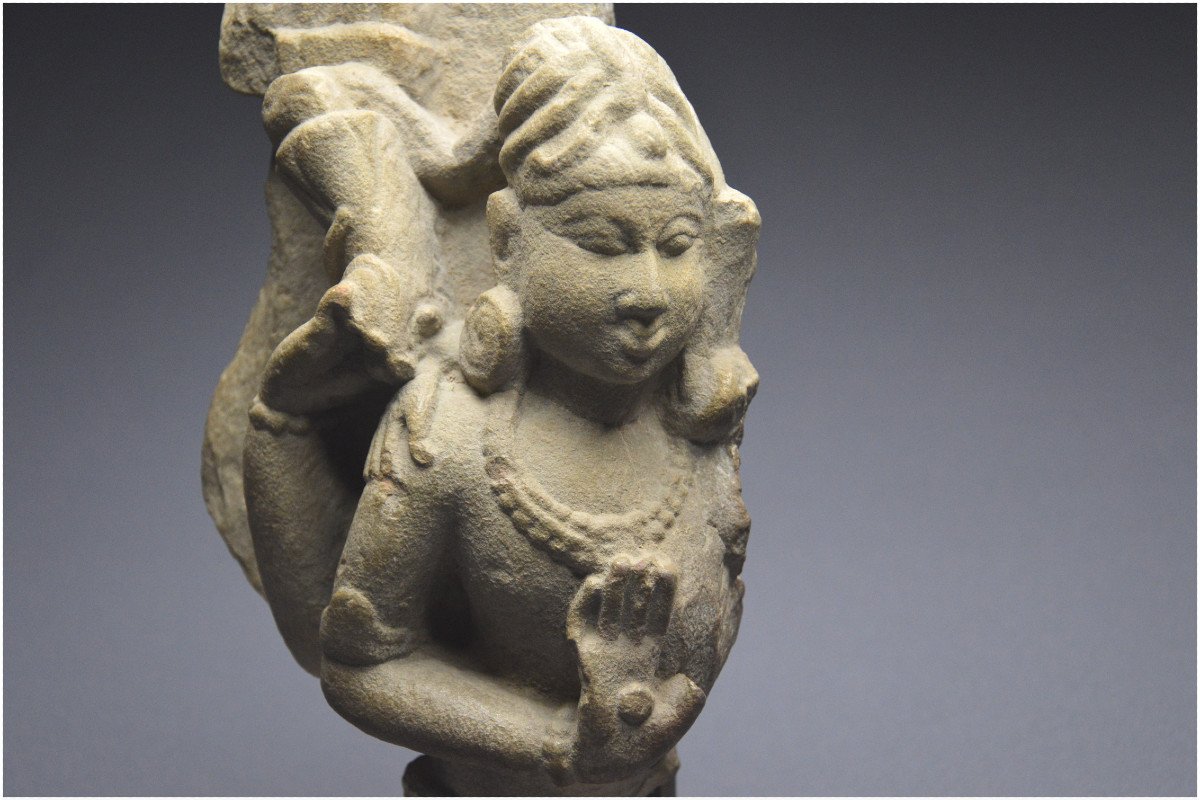
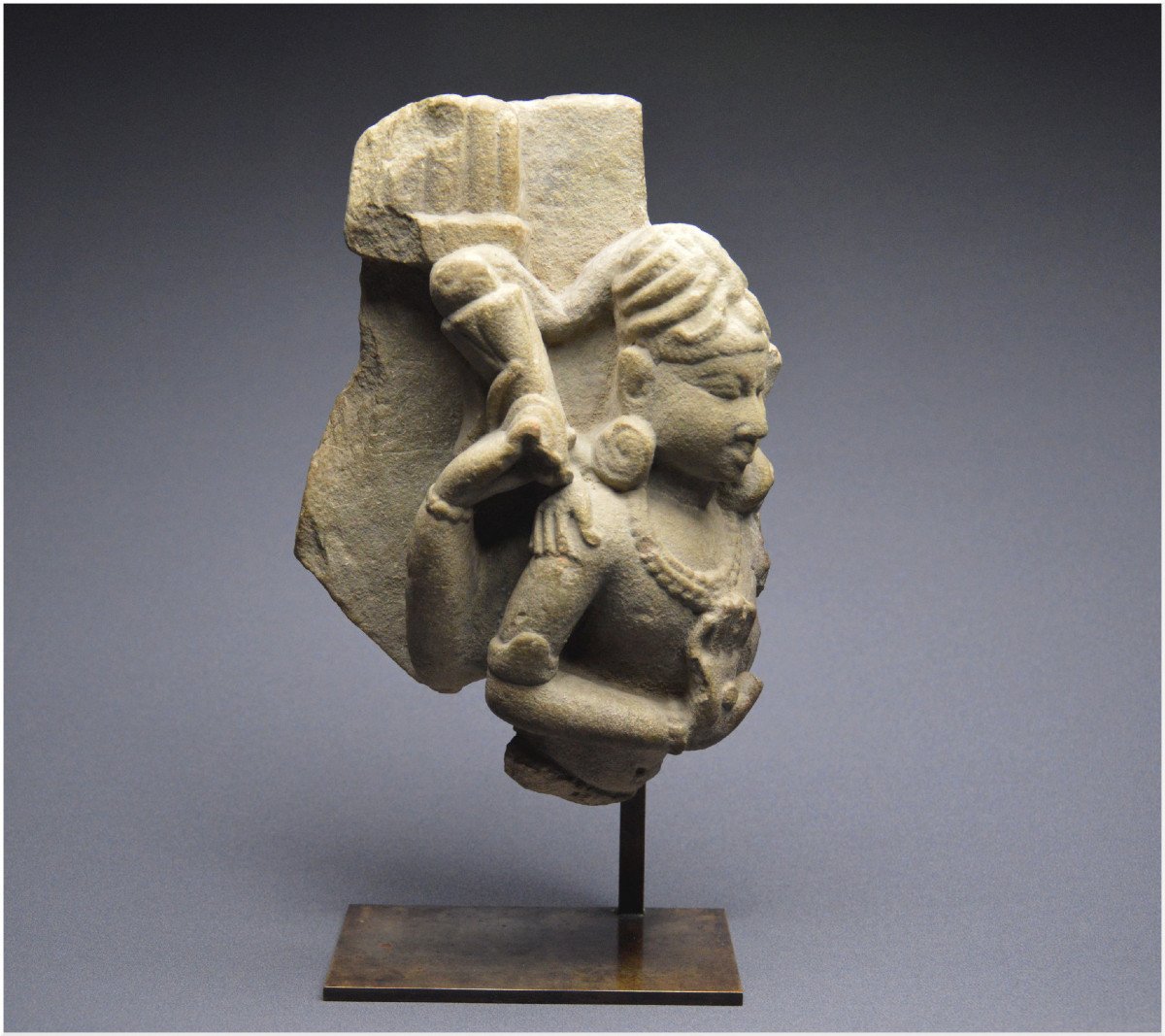





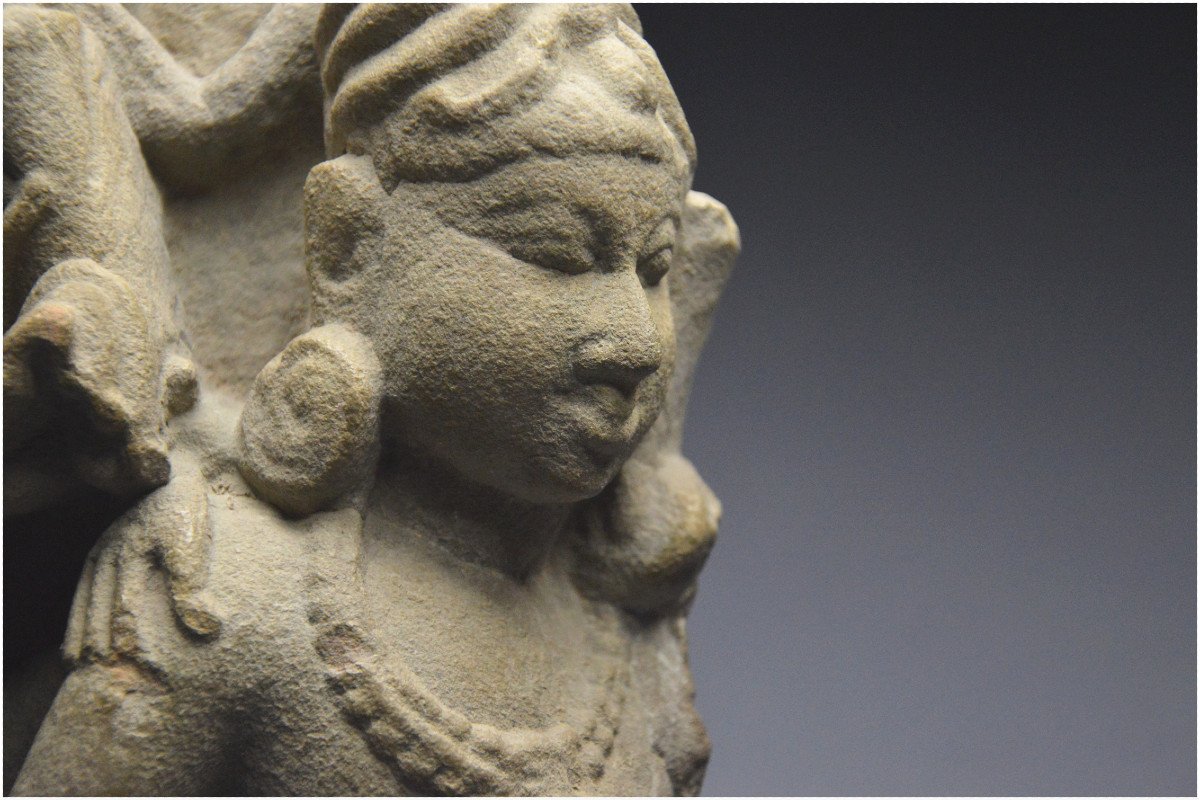
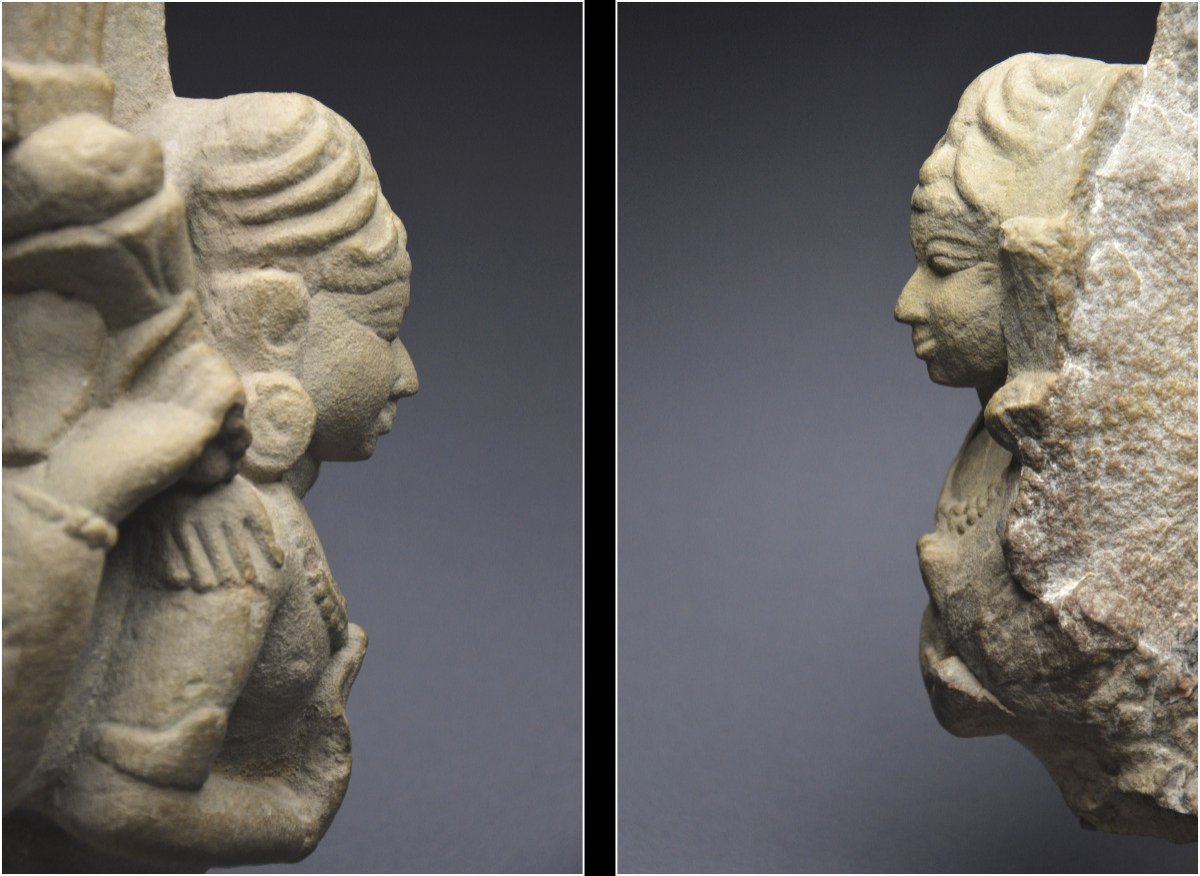
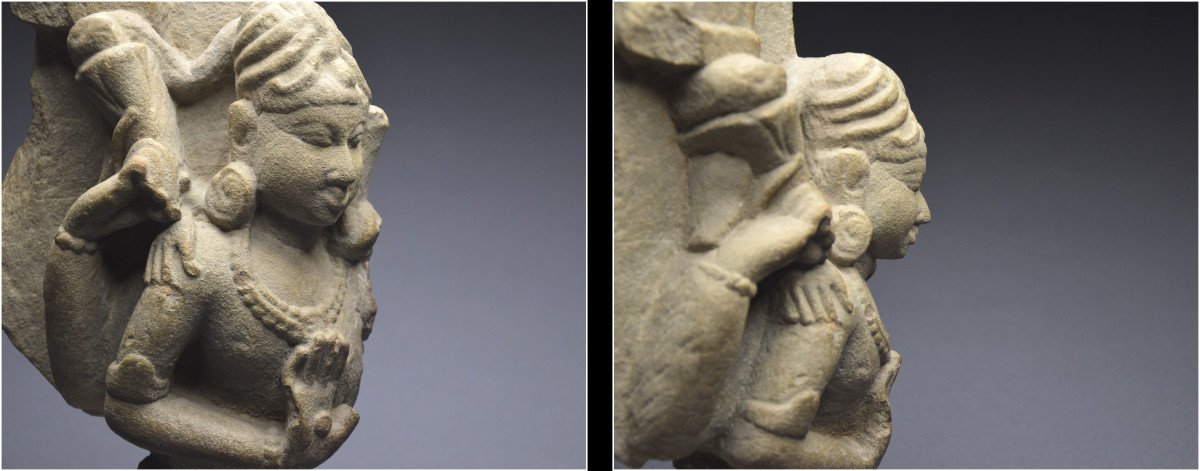

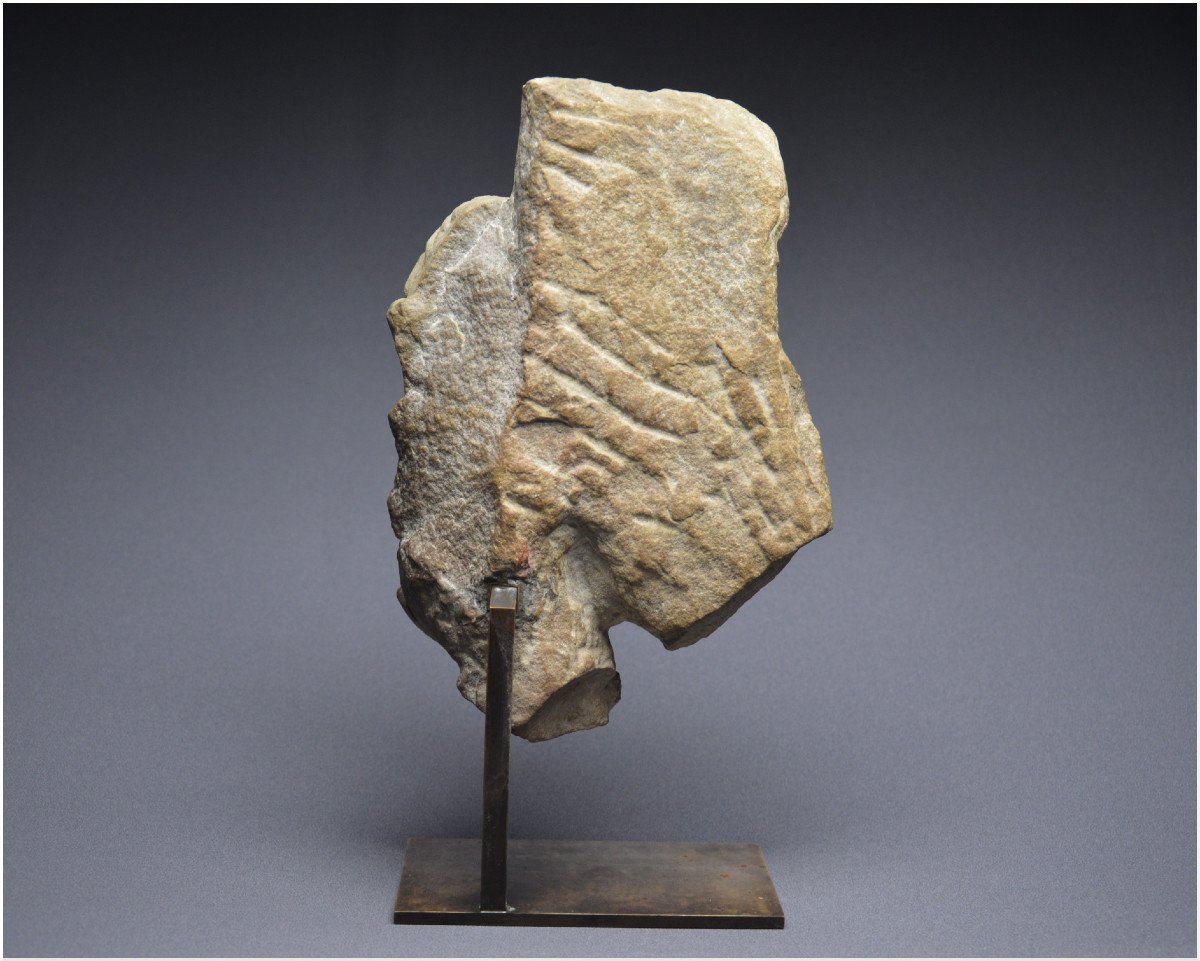
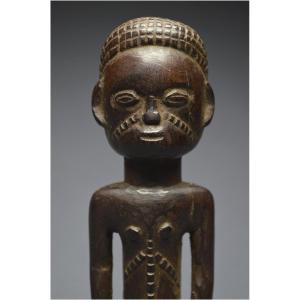
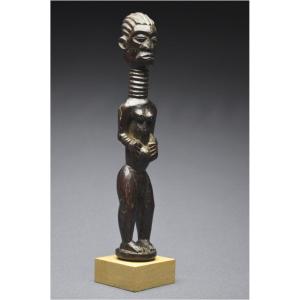
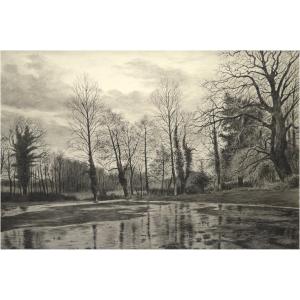



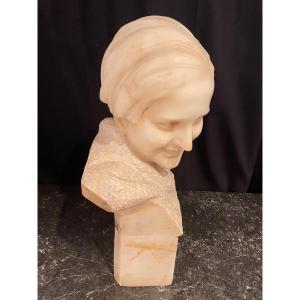
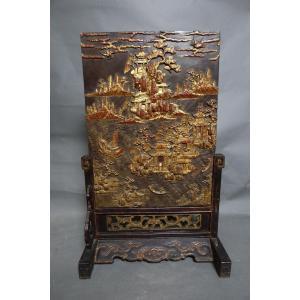



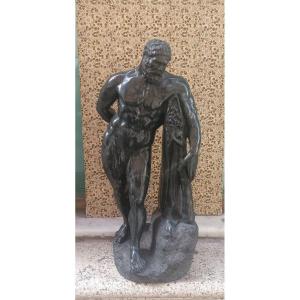



 Le Magazine de PROANTIC
Le Magazine de PROANTIC TRÉSORS Magazine
TRÉSORS Magazine Rivista Artiquariato
Rivista Artiquariato
